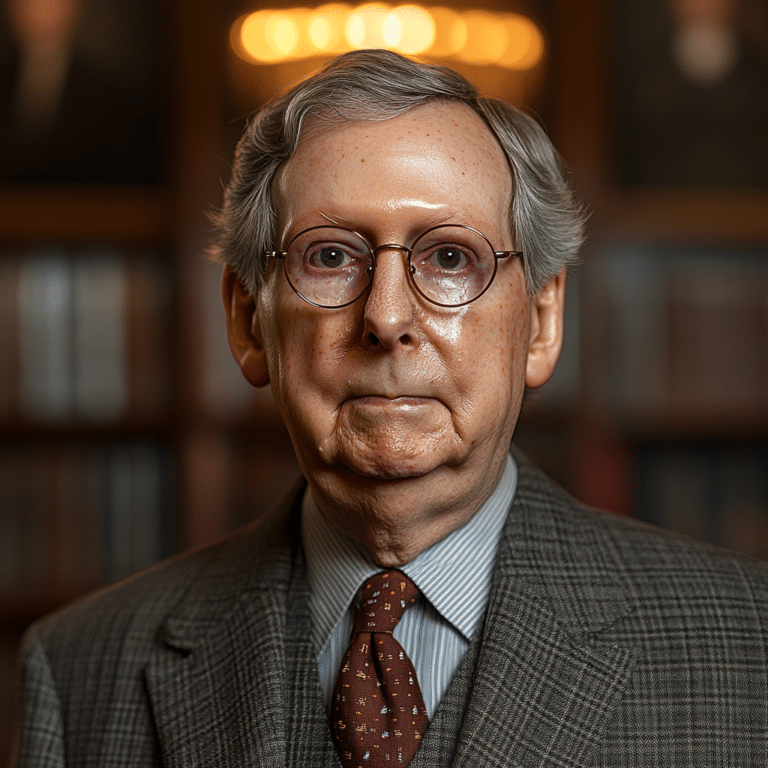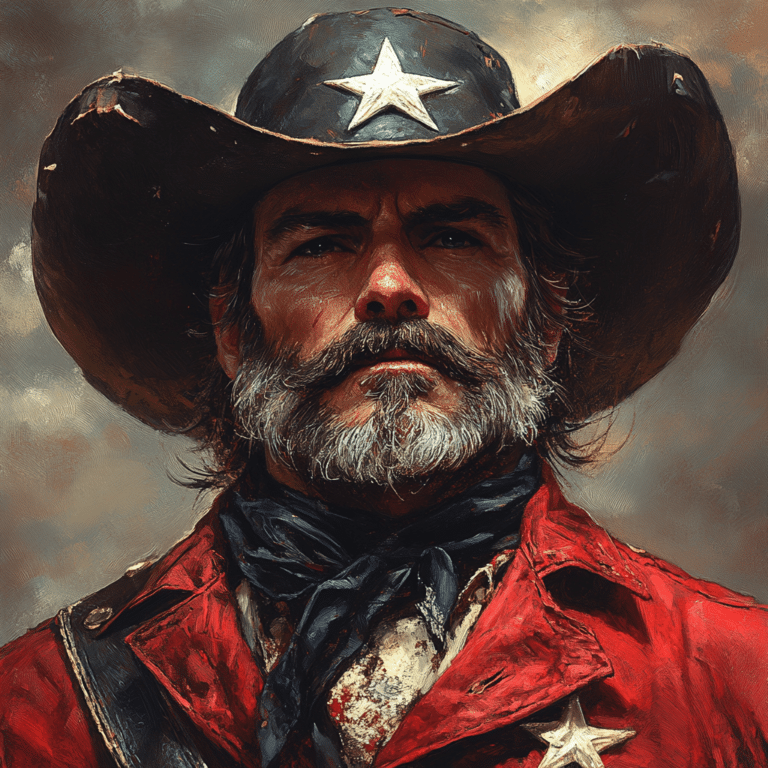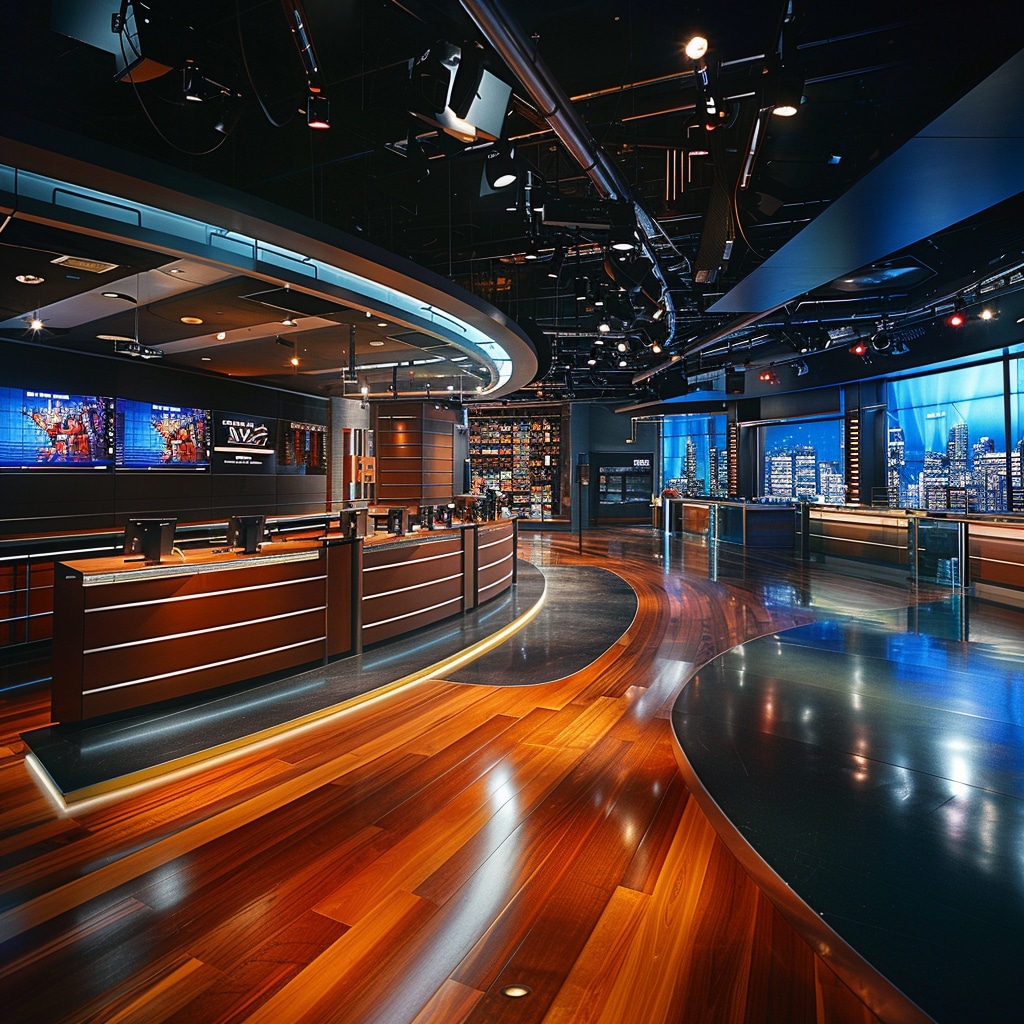Understanding the Second Amendment: A Pillar of American Freedom
The Second Amendment is a cornerstone of American liberty, ratified in 1791 as part of the Bill of Rights. It states, “A well regulated Militia, being necessary to the security of a free State, the right of the people to keep and bear Arms, shall not be infringed.” This powerful text succinctly encapsulates the essence of individual freedom in our nation. It has ignited heated discussions for centuries, especially as societal norms evolve and legal interpretations shift. Analyzing the Second Amendment reveals not just its historical significance, but its ongoing relevance in today’s cultural and political landscape.
The bedrock of the Second Amendment lies in its emphasis on self-defense and resistance against tyranny. Our forebears recognized that an armed citizenry would act as a bulwark against oppression. The clear intent was to empower the populace, allowing them to defend their rights against any government overreach. As we face efforts to curtail this fundamental freedom, understanding the Second Amendment’s purpose becomes increasingly critical.
Moreover, the Second Amendment’s implications extend beyond mere legality; it embodies a cultural shift toward personal responsibility and safety in an unpredictable world. Maxing out background checks and implementing restrictive laws might sound appealing in theory. However, these measures often do more harm than good, creating barriers for law-abiding citizens while failing to deter criminals. As we consider our history, we must reflect on what it truly means to be free in a nation that values individual rights.

The Second Amendment vs. Other Amendments: A Comparative Look
To grasp the importance of the Second Amendment, we should compare it with other key amendments that shape American freedoms and ideals.
1. The Second Amendment: A Shield for Self-Defense
The Second Amendment stands proud as a defender against tyranny. It aims to empower individuals, granting them the right to protect themselves. Just look at countries like Australia and the UK, where stringent gun control measures resulted in unforeseen consequences. After the strict gun laws enacted post-1996 in Australia, the nation witnessed a surge in black market activities, leaving citizens vulnerable to crime. This chain reaction serves as a stark warning: regulations intended to limit freedoms often result in the opposite.
2. The First Amendment: A Complimentary Force
While the Second Amendment protects our right to bear arms, the First Amendment safeguards our freedoms of speech, religion, assembly, and the press. These amendments work as two sides of the same coin; the Second Amendment empowers citizens to defend their rights, while the First ensures our voices are heard. A vivid demonstration of this synergy was seen during the 2020 protests, where individuals exercised their First Amendment rights with protest signs in one hand and firearms in the other, amplifying their calls for justice while asserting their right to defend themselves.
3. The 18th Amendment: The Danger of Overreach
The 18th Amendment provides a cautionary tale of regulatory overreach via Prohibition. What began as an attempt to control alcohol consumption spiraled into chaos, breeding organized crime and a thriving black market. This moment in history prompts us to ponder: what lessons can we apply to the ongoing debate over gun rights? As proposals surface to restrict the Second Amendment, Americans should heed the lessons of Prohibition, understanding that restrictions can lead to more significant societal issues rather than solving existing ones.
4. The 25th Amendment: Ensuring Government Accountability
The 25th Amendment outlines the process for presidential succession and disability. It serves as an essential mechanism for holding the government accountable to the people. When paired with the Second Amendment, which allows citizens to protect themselves against government overreach, it creates a system of checks and balances crucial to our democratic fabric. History shows us how unchecked power can lead to tyranny, which makes these amendments essential frameworks within our Constitution.
The Contemporary Debate: Gun Rights and Societal Impact
In the present climate, the dialogue concerning the Second Amendment often focuses on balancing individual rights with community safety. In 2022 alone, there were over 600 mass shootings nationwide, igniting debates across newsrooms and social media feeds. Advocates for gun control hail these tragic events as indicators for stricter legislation. However, proponents of the Second Amendment argue that limiting access to firearms will do little to impact societal violence—rather, we must address root issues like mental health, crime prevention, and educational reforms to create lasting change.
The Supreme Court case, New York State Rifle & Pistol Association Inc. v. Bruen, in 2023 reaffirmed the right to carry firearms in public for self-defense. This landmark decision is a pivotal moment in Second Amendment jurisprudence, bolstering the belief that responsible gun ownership is a vital component of personal safety. As we debate this critical issue, we must consider the implications of such rulings, which help shape legislation across the country while solidifying our commitment to individual freedoms.

Reimagining the Role of the Second Amendment in Modern Life
The Second Amendment’s relevance is felt daily across America. People utilize their right to bear arms for self-defense, sporting competitions, and recreational activities. Recent trends have emerged in firearm education with training programs focusing on responsible ownership, allowing citizens to embrace their rights fully while prioritizing safety. The rise of initiatives, such as the National Rifle Association’s ‘Refuse to Be a Victim’ program, empowers individuals with knowledge on firearm etiquette and safety—strategies that help quell fear while promoting responsible gun ownership.
Additionally, open discussions that emphasize education on safe handling and responsible ownership can cultivate a culture of respect for the Second Amendment. By promoting these initiatives, we move toward a constructive conversation about our rights and responsibilities as gun owners. Empirical data from states that embrace education in gun ownership shows a stark decrease in accidental gun-related injuries, reflecting that informed citizens yield better outcomes in public safety.
The Future of the Second Amendment: Bridging Divides
As we forge ahead, it’s crucial to engage in respectful conversations about gun rights. The goal is to find common ground without spurring fear or division. Bridging ideological gaps can cultivate effective policies that uphold the Second Amendment’s pivotal role while also addressing public safety concerns. Promoting dialogue that seeks to unite rather than polarize allows for a comprehensive exploration of diverse viewpoints while affirming our shared commitment to liberty.
The Second Amendment will always symbolize the struggle for freedom and security within the American identity. Its enduring dialogue must honor its historical importance while adapting to modern realities. As we safeguard this right, we must ensure that it continues being a true protector of liberty for all citizens. Ultimately, the Second Amendment represents not just the right to bear arms, but the very essence of what it means to be free in America.
The Second Amendment: Fun Facts and Trivia
The History and Culture Surrounding the Second Amendment
Did you know that the Second Amendment has its roots deeply embedded in American history? Ratified in 1791, it was influenced by a desire for personal freedom, self-defense, and a wary view of a standing army. As the debate surrounding gun rights continues today, incidents like the recent Rochester splash pad shooting highlight the ongoing tensions in America regarding public safety and individual liberties. Just as sports fans ardently debate over CU Vs. Oregon, people often find themselves divided on the topic of the Second Amendment, making it a deeply ingrained aspect of American culture.
Pop Culture and the Second Amendment
While the Second Amendment remains a serious discussion topic, it occasionally finds its way into pop culture! For instance, film enthusiasts might find references to gun rights in movies like Sex Drive, which captures the teenage spirit and explores freedom in humorous ways. Moreover, just as actors like Terry Bradshaw engage in politics, the Second Amendment is often a talking point for celebrities and influencers who express their views on social media, bringing the topic closer to everyday conversations.
The Global Impact of the Second Amendment
Celebrated as a cornerstone of American freedoms, the Second Amendment has inspired people worldwide in their fight for personal liberties. The emerging conversation about how different cultures perceive gun ownership is ongoing. Interestingly, the horror Manga genre often touches upon themes of survival and societal breakdown, echoing the ever-present fear that informs many arguments about gun rights. Just as directors like the Oppenheimer director incorporate societal themes into their narratives, the Second Amendment continues to spark debates and inspire discussions about the state of freedom not just in America, but across the globe.
The Second Amendment remains a multifaceted topic, richer than most appreciate. Plus, for those looking to purchase a home—a significant milestone that can connect back to a personal sense of security—using a home buying power calculator can help in navigating that maze. And while considering financial investments like best home Loans, never forget the underlying legal and cultural complexities that shape our understanding of freedom, power, and safety.

What does the term bear arms mean?
The term “bear arms” generally means to carry and use weapons. It’s often understood in the context of individuals having the right to possess and use firearms.
Does gun control violate the Second Amendment?
Gun control measures can be seen as not violating the Second Amendment since some argue it primarily protects the right to maintain militias rather than ensuring individual gun ownership.
What is the 2nd term amendment?
The 22nd Amendment sets a limit of two terms for any person serving as President, making sure that no one can hold the office for an extended time.
What did the founding fathers say about the Second Amendment?
The founding fathers viewed the right to keep and bear arms as essential for self-defense and to prevent government tyranny, emphasizing the importance of militias in a free society.
What was the original meaning of the Second Amendment?
The original meaning of the Second Amendment focused on the importance of militias for state security, suggesting that the framers intended for the right to bear arms to be tied to collective purposes.
Does the Second Amendment only apply to militias?
Some interpret the Second Amendment as focusing on militias, leading to debate on whether it applies solely to collective rights rather than individual gun ownership.
What guns are not protected by the 2nd Amendment?
Weapons not protected by the Second Amendment typically include fully automatic firearms and weapons that are heavily regulated or generally banned under federal or state law.
Why is the 2nd Amendment so controversial?
The Second Amendment is controversial due to differing interpretations of its meaning, especially regarding individual rights versus collective rights associated with militias.
Does the 2nd Amendment protect felons?
Felons generally do not have the right to bear arms under federal law and many state laws, as their convictions often lead to a permanent loss of this right.
Why can presidents only run twice?
Presidents can only run for two terms due to the 22nd Amendment, which was enacted to prevent any future leader from accumulating too much power by holding the presidency for too long.
Who holds the actual power to elect the president under the Constitution?
The actual power to elect the president lies with the Electoral College, which is composed of electors chosen by each state, reflecting the will of the people in those states.
What is the Second Amendment in exact words?
The Second Amendment states: “A well regulated Militia, being necessary to the security of a free State, the right of the people to keep and bear Arms, shall not be infringed.”
What did James Madison say about the Second Amendment?
James Madison, known as the “Father of the Constitution,” believed in the necessity of militias for maintaining the security and liberty of the nation, underscoring the importance behind the Second Amendment.
What did John Adams say about the 2nd Amendment?
John Adams highlighted the significance of an armed populace in preserving liberty, suggesting that a free society depends on its citizens’ ability to defend themselves.
What is the slogan of the Second Amendment?
The slogan often associated with the Second Amendment is “the right to bear arms,” emphasizing the importance of individual gun rights in American culture.
Why do US citizens have the right to bear arms?
U.S. citizens have the right to bear arms to ensure their ability to defend themselves, maintain liberty, and act against any potential tyranny from the government.
What does the 3rd Amendment mean in simple terms?
The Third Amendment is about not having soldiers quartered in private homes without consent during peacetime, focusing on personal privacy and property rights.
What does bear stand for in the military?
In the military, “bear” doesn’t stand for anything specific; it simply relates to the concept of carrying or using arms.
What arms are protected by the 2nd Amendment?
The types of arms protected by the Second Amendment include firearms like rifles and handguns, although the specifics can be subject to legal interpretation and regulations at various levels.





































